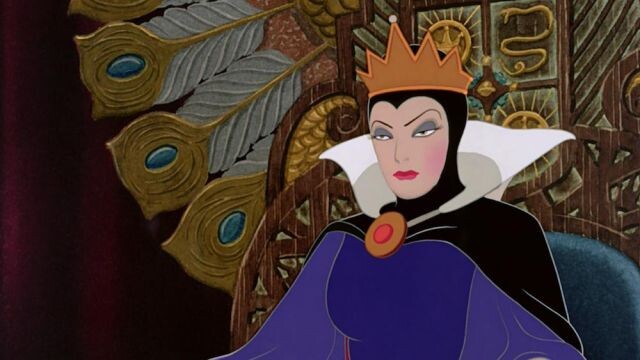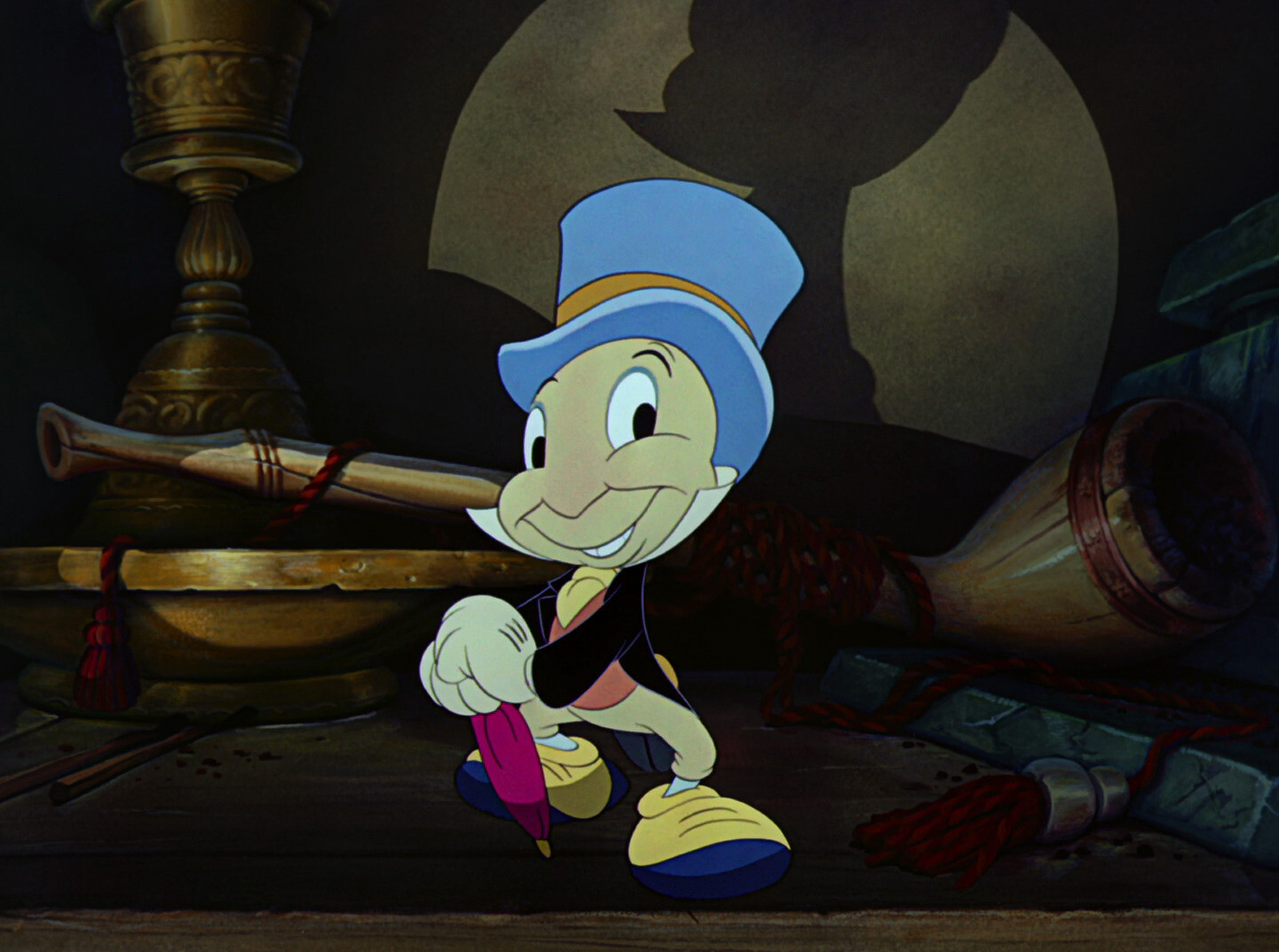15 Dizzying Facts About Disney’s Golden Age Of Animation

Disney has had many eras define their work. There was the Bronze era that saw movies about classism like The Aristocats and Robin Hood, and the Renaissance era where Mel Gibson and Christian Bale starred in that weird rendition of Pocahontas. But it all truly kicked off with their Golden Age spanning from 1937 to 1942, when the foundation for everything Disney was laid — from epic musical numbers and Disney princesses to animals talking like humans and humans sometimes becoming animals. Or, more specifically, jackasses.
Here’s a list of some facts about the making of these Golden Age animations and some surprising things we almost got ...
Snow White And The Seven Dwarfs Was The First Full-Length Animated Feature Made In The US

Walt Disney Studios
The 1937 movie was challenging to produce, and models were originally used to create the characters. Marge Champion was a model and dancer for Disney’s animators at the age of 14, and she was the real person behind Snow White. She also modeled for Pinocchio’s Blue Fairy, and Hyacinth Hippo in Fantasia.
The Deleted Scene From Snow White And The Seven Dwarfs

Walt Disney Studios
There’s a scene that was ultimately cut where the dwarves decide to build Whitey her own bed so they could have their beds back. Which, totally fair. You can watch the scene here:
Snow White And The Seven Dwarfs Could’ve Been Way Different

Walt Disney Studios
Basing her looks on Marlene Dietrich and Greta Garbo, the Queen was originally going to try and kill Snow multiple times, once with a suffocating bodice and another time with a poisoned comb, just like in the original story. Evil Queeny was also going to fall in love with the Prince and lock him up in her dungeon (yikes), and an original draft was going to show us the death of Snow’s mother. We guess we now know where the idea of Bambi’s first act came from.
Pinocchio Was The First Animated Feature To Win A Competitive Academy Award

Walt Disney Studios
The 1940 animation about a wooden puppet transforming into a boy won two Oscars: One for Original Score and one for Original Song (“When You Wish Upon A Star”).
Pinocchio Might Have Been Dark, But The Book Was Darker

Walt Disney Studios
Everyone who remembers the movie will immediately recall the images of boys being trafficked to Pleasure Island by the “Coachman,” where they turn into donkeys. Jeepers. In the book, however, Pinocchio also gets stabbed and hanged halfway through the story, so there’s that.
The Inspirations Behind Jiminy Cricket

Walt Disney Studios
Arguably more popular than the wooden puppet-turned-jackass-turned-boy himself, Jiminy Cricket was a composite of different elements. For one, Walt told Jiminy’s animator Ward Kimball that the little guy reminded him of his “beloved addled Uncle Ed,” so Kimball created a bug character with a big head, sporting a coat that’s the same as the one on a Johnnie Walker bottle.
Fantasia Was The First Film To Feature Stereophonic Sound

Walt Disney Studios
Walt Disney’s 1940 masterpiece caused theaters across the United States to upgrade in order to match the concert experience of the movie, ultimately producing the famous “Fantasound.” Speakers were placed around the theater room instead of only behind the screen, and new sound reproduction equipment and better projectors were installed, costing around $85,000 per theater (back then).
Fantasia Changed Mickey Mouse

“Steamboat Willie,” Walt Disney Studios
More specifically, the film changed the way Mickey Mouse was drawn. Created back in 1928 for Steamboat Willie, Mickey evolved over time, but Fantasia changed his appearance in a major way as artist Fred Moore gave him pupils for the first time, and also his classic white gloves.
The Sorcerer In Fantasia Is Based On Walt Disney

Walt Disney Studios
That’s why his name is Yen Sid. Subtle. Apparently it's the eyebrows.
Dumbo Originally Had A Different Sidekick

Walt Disney Studios
In the book Dumbo the Flying Elephant, Dumbo’s sidekick was Red, a robin. Timothy Q. Mouse was created for the 1941 animation instead — because of the whole thing about elephants being scared of mice. Also probably because Disney loves them a mouse.
Dumbo And The Pearl Harbor Connection

Walt Disney Studios
Dumbo was on its way to be named Times Magazine’s “Mammal of the Year” … but then Pearl Harbor happened, and cuteness was put on hold until further notice.
The Most Excellent Song That Was Cut From Dumbo

Walt Disney Studios
Before getting axed, the film featured a scene where Timothy Q. Mouse sang a song called “Sing a Song of Cheese.” It was cut because apparently it didn’t fit the plot, although we struggle imagining any plot not instantly improved by someone singing a song about cheese.
For Bambi, Two Fawns Were Donated To The Studio

Walt Disney Studios
To get the feel of the 1942 Disney classic where the mom dies, the animators spend a lot of time deer watching — as in watching nature films and going to the zoo. Animator Jack Day spent months shooting photos of deer and their environment up in Maine, and he organized for two fawns to go on a train ride to Hollywood so they could model for the film.
Bambi’s Mother Was Originally Shot On Screen

Walt Disney Studios
Yeah, storyboards exist proving that not only was it planned, but animators at one point literally had to draw that. Something suffering something something art.
Bambi’s Side Characters Were Almost Different, Too

Walt Disney Studios
The original movie had one cranky grasshopper as a character that didn’t make the final cut. “This grasshopper was just very ornery,” said Fox Carney. “He was not that appealing. Ornery for the sake of being ornery didn’t add anything to the story."
As for Thumper, the little rabbit was originally going to have a small part as a character named Bobo, but when Walt saw the rabbit paired with Bambi, he called it “pure gold.”
Thumbnail: Walt Disney Studios